Looking Ahead: Public Transit Trends You’ll See in 2018
December 20, 2017
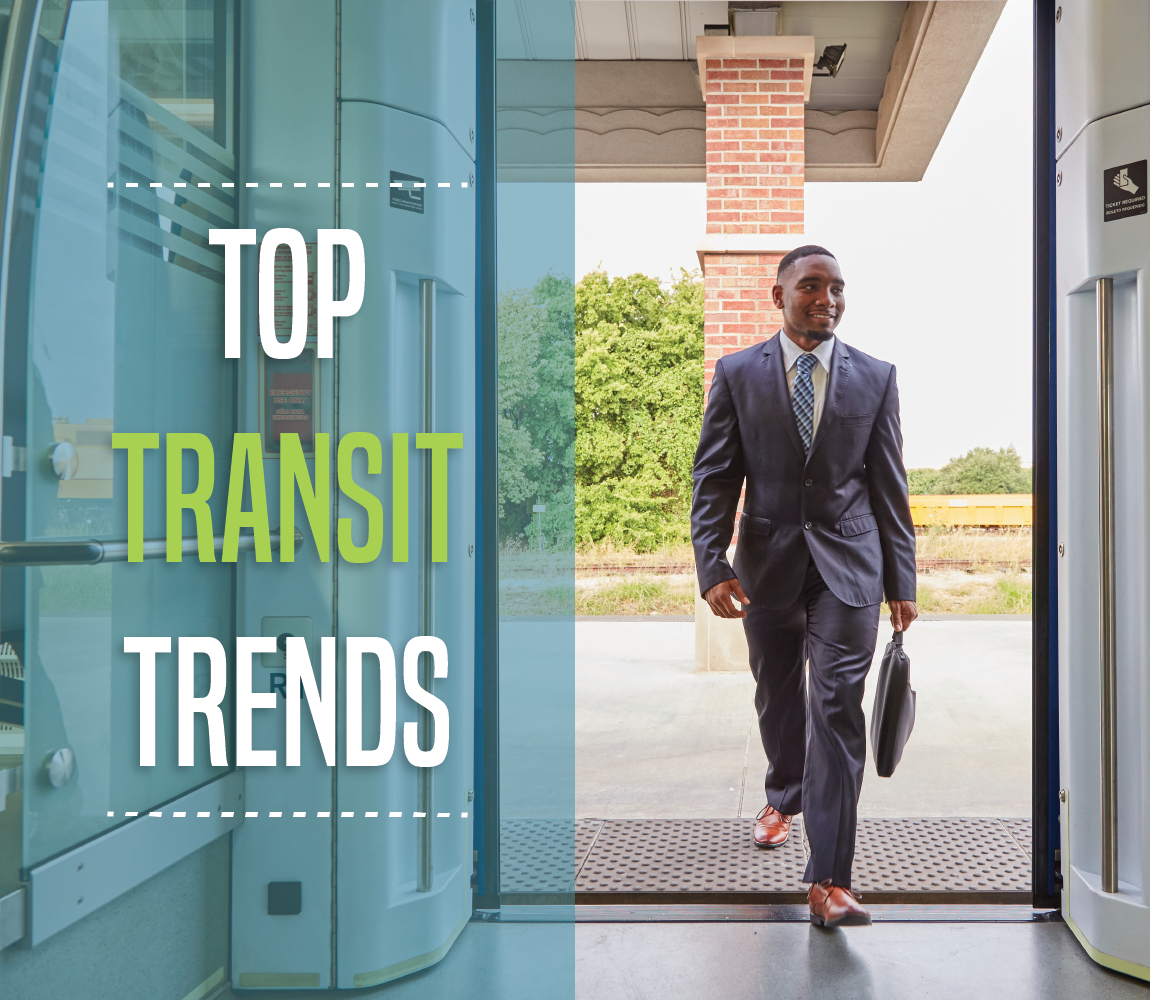
According to Dave Fulton, the Industry Solutions Manager for Trapeze Group, a Toronto-based software solutions provider for transit agencies, “2017 and beyond is a great time to be in public transit.” Technology advancements continue to improve the way public transportation functions and serves the public. But while connected buses and driverless vehicles are all the buzz today, read about upcoming public transit trends to prepare for in 2018!
Managing First-mile / Last-mile Gaps
The first and last mile of a bus or commuter-train ride has been a challenge for decades. Traditionally, a transit agency’s role has ended at a fixed, scheduled stop. In addition, a lack of pedestrian access, street connectivity, and mixed land uses can make the movement of people to and from their final destinations complicated and time-consuming.
Agencies in a number of states, however, are partnering with ride-hailing services, such as Uber and Lyft, to provide a rider discount/subsidy when using one of these services in conjunction with mass transit. DCTA has a partnership with Uber that offers riders a $2 discount for trips that begin and end within the newly defined Uber Discount Program Zone in North Lewisville and Highland Village. Rides must be scheduled within the DCTA selection of the Uber app. The program is active Monday through Friday from 5:30 a.m. to 7:00 p.m.
Some agencies are also exploring multi-modal in the form of bike sharing. Today, more than 80 cities in the US have some form of bike sharing – many of them designed specifically to extend the reach of bus and rail lines. In Los Angeles, Metro Bike Share network has gone so far as to accept the city transit authority’s Transit Access Pass (TAP) smartcard as payment.
Many of these partnerships are still in a pilot phase with long-term benefits and financial sustainability still to be determined. In the meantime, however, they’re expanding the ability of transit agencies to simplify access in difficult-to-serve areas.
Exploring New and Unexpected Markets
There are some interesting dynamics at work in the public-transportation universe – many of them driven by the Millennials (usually defined as individuals born between 1981 and 1996) who have reached the age of adulthood.
In addition to the transit-rider demographic traditionally referred to within the industry as “captive riders” (those with no choice but to use transit), new user segments now include “captive by choice” riders (individuals who can afford to purchase a vehicle but choose not to do so and, instead, use public transit) and “choice” riders (those who have other options but choose transit).
As these rider segments develop and others potentially emerge, transit agencies will be challenged to understand the dynamics of these new markets and provide tailored service that increases satisfaction and loyalty among all user groups.
Zero Emission: The Trend Gaining Traction
Electrification of transportation is happening fast within the public transit industry, and it’s likely to gain even more momentum in the near future thanks to the significant economic benefits of electric buses.
The costs surrounding hydrogen fuel cell technology are lower now than they’ve ever been, having decreased by 50 percent in the last 10 years. The price of a long-life bus battery is expected to lower by 40 percent within the next three years, with other manufacturing and technology-utilization costs following suit. With battery technology exponentially improving, it’s only a matter of time until the operating costs of electric vehicles fall below those of diesel, hybrid-electric, or compressed natural gas (CNG) powered vehicles.
California’s Sunline Transit and AC Transit (serving Southern and Northern California, respectively) are among the growing number of transit agencies successfully running zero-emission fleets, along with cities in China, Scotland and the UK.
Combine that with the growing concern worldwide about toxic air pollution — especially in cities where public transit abounds — and the question quickly becomes, what does it cost to NOT transition to zero-emission mass transit?
For cities and transit operators that make the switch sooner rather than later, the benefits add up. Using zero-emission technology can help cities and states enhance public health and lower costs associated with government-subsidized health care. They can enhance EPA compliance without compromising the operation, range or quality of bus service. History has also shown that traffic congestion and the need for road repairs also decrease after the implementation zero-emission vehicle technology. Plus, forward-thinking cities and transit agencies can enjoy the distinction of being trailblazers in the industry and examples for the world to follow.
Transit Agencies Advocating for Better Streets
Even small improvements in the street can have monumental benefits to transit riders by helping to ensure schedule reliability and enhance the desirability of using transit, versus driving alone. One such improvement is queue jump lanes, an additional travel lane, often restricted to transit vehicles, on the approach to a signaled intersection, designed to allow buses to get a “head-start” and merge more quickly into regular traffic lanes beyond the signal. Another improvement is transit signal priority, which reduces dwell time at traffic signals for transit vehicles by holding green lights longer or shortening red lights. A third, known as “bus bulbs” (also called bus boarders, bus borders, bumpouts or bus capes), are bus stops created by an outward extension of sidewalk or pavement into what would otherwise be part of a parking lane allowing buses to stay in their traffic lane while discharging and picking up passengers, instead of having to pull over to the curb.
In San Francisco, implementing transit priority lanes on the transit authority’s Church Street route helped improve travel time reliability by 20 percent! Unfortunately, only a few agencies across the United States both operate transit and have control of the streets under their vehicles but, hopefully, awareness at the Department of Transportation (DOT) level is changing.
In the past year, the National Association of City Transportation Officials released the NACTO Transit Street Design Guide, which provides a compilation of insights and best practices from 18 different transit agencies, as well as officials and practitioners in 45 North American cities, regarding the design of streets with riders and transit operations in mind.
Beyond designating transit-only lanes, other recommendations for improving travel times and safety include boarding islands, additional pedestrian crossings, grid-network models (versus hub-and-spoke) that enhance service beyond downtown urban areas, greenbelts to enhance storm-water runoff, and more.
NACTO has traditionally been an organization for city DOTs, but as a result of the Design Guide publication, transit agencies including TriMet (Portland, OR), King County Metro (Seattle, WA), Miami-Dade Transit (FL), and the SFMTA (San Francisco) have joined NACTO as members.
This trend of working more closely with City DOTs will hopefully continue to improve the experience for transit riders and improve operations at the same time.
“Not all urban planners or city governments agree on what kind of street designs are best,” NACTO states, “But one thing remains clear: Cities who want to plan for the future must prioritize transit accessibility.”
The world of public transport just keeps getting better and better – and DCTA is on the forefront of many of today’s most exciting improvements and innovations.
Comment below and let us know which public transit trends you’re most excited about for next year!
More News to Use
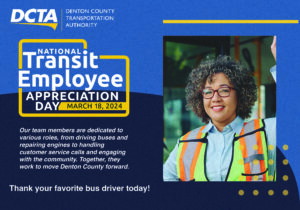
Happy National Transit Employee Appreciation Day!
March 18, 2024
Join Denton County Transportation Authority in celebrating National Transit Employee Appreciate Day, March 18, 2024! Every year, DCTA celebrates bus and rail operators for their endless dedication and commitment to serving Denton County. This year, we are extending.

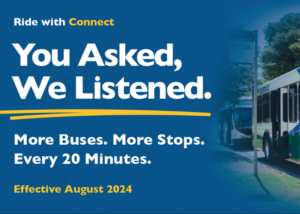
Upgrades coming August 19th – More Buses. More Stops. Every 20 minutes.
August 30, 2024
Upgrades coming August 19th will provide even more convenience for those taking the Connect Bus—all with the same excellent customer service you’re used to. If you are using our GoZone services between 7 AM and 9 PM, and.

Sign up for Updates
"*" indicates required fields









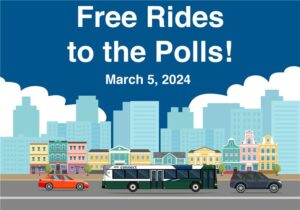
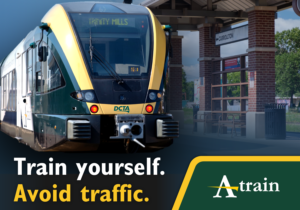

 Follow us on Twitter
Follow us on Twitter